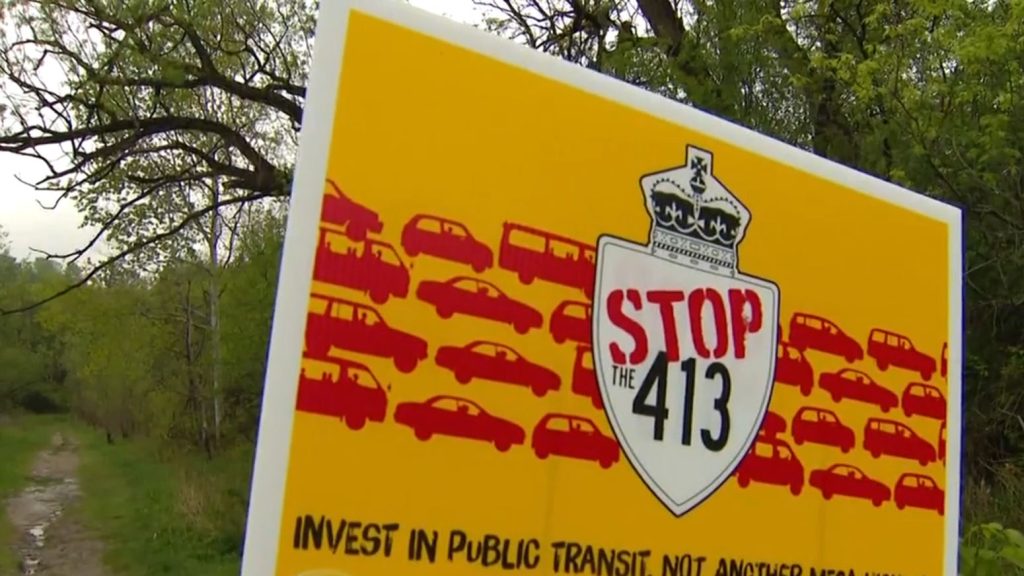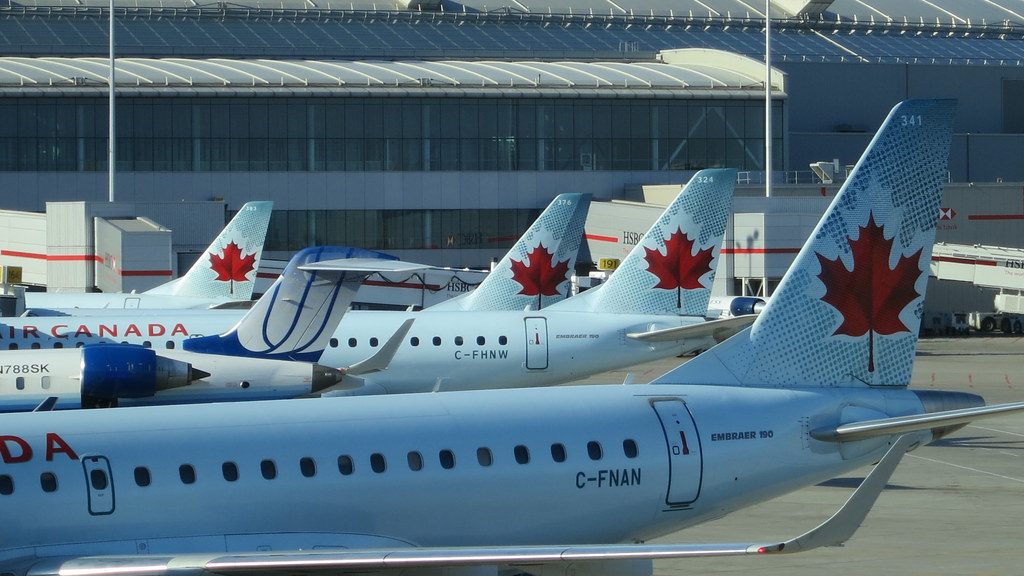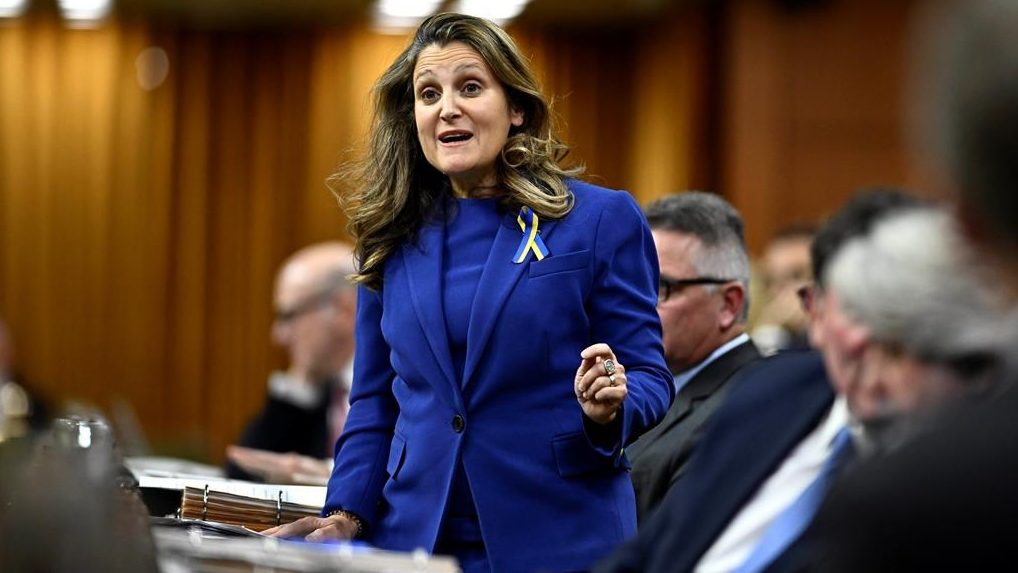Alberta environmental monitor may already need to expand: official
Posted October 9, 2014 4:06 pm.
This article is more than 5 years old.
EDMONTON – Oilsands growth is already putting pressure on Alberta’s environmental monitoring agency to expand.
“The program was initially designed to look at the mining areas in and around Fort McMurray,” said Prasad Valupadas, head of evaluation for the Alberta Environmental Monitoring Evaluation and Reporting Agency.
“But more and more stakeholders are saying, ‘You need to come to my community.’ We’re having to look at what expansion we need to do to the program.
“We need to look at the Peace River area. We need to look at the Cold Lake area.”
Valupadas made the comments in delivering the group’s second annual report Thursday.
Earlier this week, Alberta auditor general Merwan Saher criticized the fledgling agency’s first report for being inaccurate and released too late to be useful — criticisms Valupadas said are answered in this document. In the future, he said, the agency plans to deliver its report on its administrative functions in the fall and its actual findings on monitoring in December after a year’s worth of data has been analyzed.
Valupadas acknowledged expansion may mean the program will require more than the $50 million a year it’s been given by government and industry.
“We will have to look at what’s needed. There is monitoring going on in those areas currently. We need to understand the full scope of what may need to be enhanced.”
Expansion pressures are only one of the agency’s challenges.
The report points out that major aboriginal groups in the oilsands areas have pulled out of the program over concerns they hadn’t been given enough input and that its work wouldn’t be able to answer their fears about health impacts.
“Our mandate is not around human health,” Valupadas said. “It is a big shift.
“We need to understand what it is that our monitoring can do to help support the human health exposure aspect.”
The agency is working with health regions and the province’s chief medical health officer to try to figure out how such research can fit into the instructions it’s been given. Meetings between the agency and area First Nations have been scheduled for later this month.
Getting aboriginal people on board is crucial to the agency’s success, said Valupadas.
“We’re there to ensure that we provide credible and scientific information. If we have stakeholders that are important to us and they’re not involved, we need to continue to work to bring them in. We will not be credible to them unless we can involve them in our programs and processes.”
The agency was created to oversee the joint federal-provincial oilsands monitoring program, which began in 2012. That research was initiated in response to concerns that previous attempts to measure the impact of rampant oilsands expansion were badly lacking.
The “world class” system was intended to burnish Alberta’s and Canada’s environmental images globally and to respond to international critics who said development was out of control. It has already produced research pointing to a slow, small but steady rise in some contaminants along the Athabasca River.










